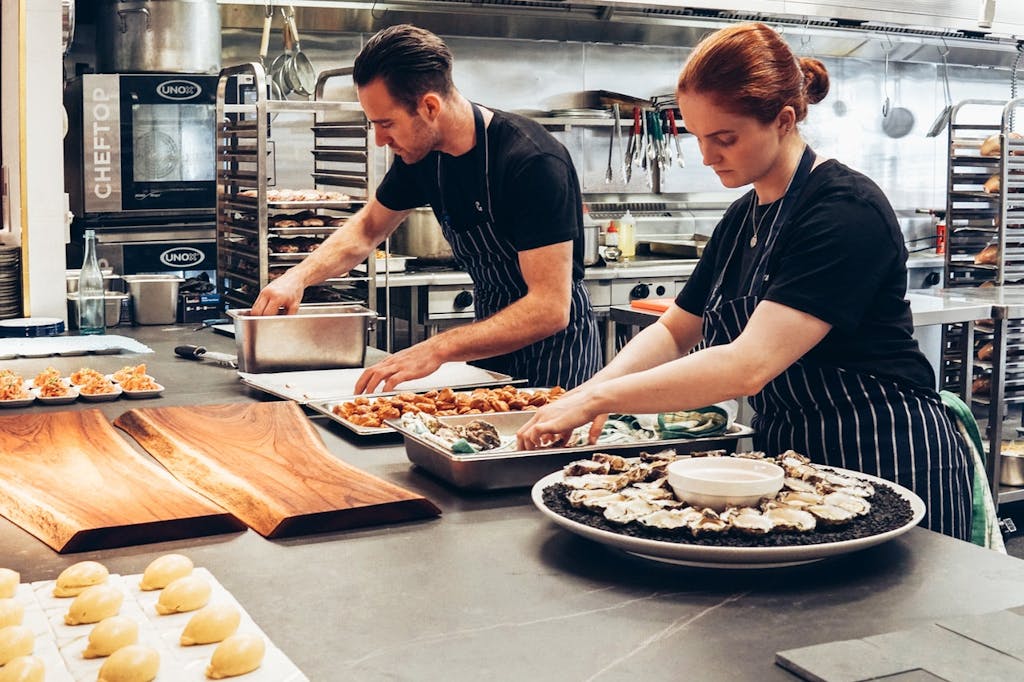
Why It Works
- The oblong ring shape gives a very high crust-to-interior ratio.
- Mixing the sesame seeds with molasses helps them adhere while adding sweetness to the breads.
Whether based in bias or fact, all Palestinians agree that the ka’ak made in Jerusalem taste better than those made anywhere else in the country. In fact, the full name of these beloved oblong sesame breads is “ka’ak al Quds,” which means “Jerusalem Ka’ak.” Some will say it’s the old traditional wood-fired ovens, others will argue it’s the yeast in the walls and atmosphere that has been there for generations. For others still, it’s the aura of Old City, where they are baked daily and a ubiquitous part of the area’s history and culture, past and present. Men push their ka’ak-laden wooden carts through the streets shouting, “Kaaaaaaa’aaaaaak,” and everyone, from school children to workers to shop owners and even tourists, gathers round to pay the trivial price for these delicious and filling breads. Whatever it is, ka’ak al Quds does seem to taste different in Jerusalem.
The history of these breads dates back to the Middle Ages, when they were so popular in Arab cuisine that medieval cookbooks did not deign it necessary to even include a basic recipe for them, instead only including variations. Originally they were more akin to a cracker than an actual bread, but they have evolved over time into countless variations and traversed the globe. As I wrote in an earlier piece here, it is very likely that ka’ak was the precursor to the modern day bagel as well.
Serious Eats / Mai Kakish
Today there are so many breads similar to ka’ak al Quds across the world, from Turkish simit to Polish obwarzanki, many of which are likely descendants of ka’ak. What distinguishes the variety sold in Jerusalem is not only the distinctive flavor, largely thanks to being baked in centuries-old ovens heated with olive wood, but also the shape. It is an oblong ring usually more than a foot long, with a thin crispy crust and light airy interior. They are sold from carts and from neighborhood ovens, and their only downside—one common to many breads—is that they are best enjoyed soon after baking. Still, leftovers can be frozen and reheated in an oven for a close enough approximation.
At their most simple, ka’ak are sold wrapped in newspaper scraps with some za’atar alongside to dip into. For a more filling meal, one can purchase falafel or hay-baked eggs from the same cart vendors. For me, my entire childhood in Jerusalem is dotted with memories of these delicious breads. I won’t claim the recipe here will taste the same as the ones sold on the streets of Jerusalem, but they are a fantastic placeholder until one finally visits the Old City.


:max_bytes(150000):strip_icc()/types-of-engagement-ring-settings-guide-2000-86f5b8f74d55494fa0eb043dee0de96e.jpg)

More Stories
eggplant involtini – smitten kitchen
Pineapple Coconut Crescents – Jo Cooks
The Ultimate List of Christmas Baking Ideas